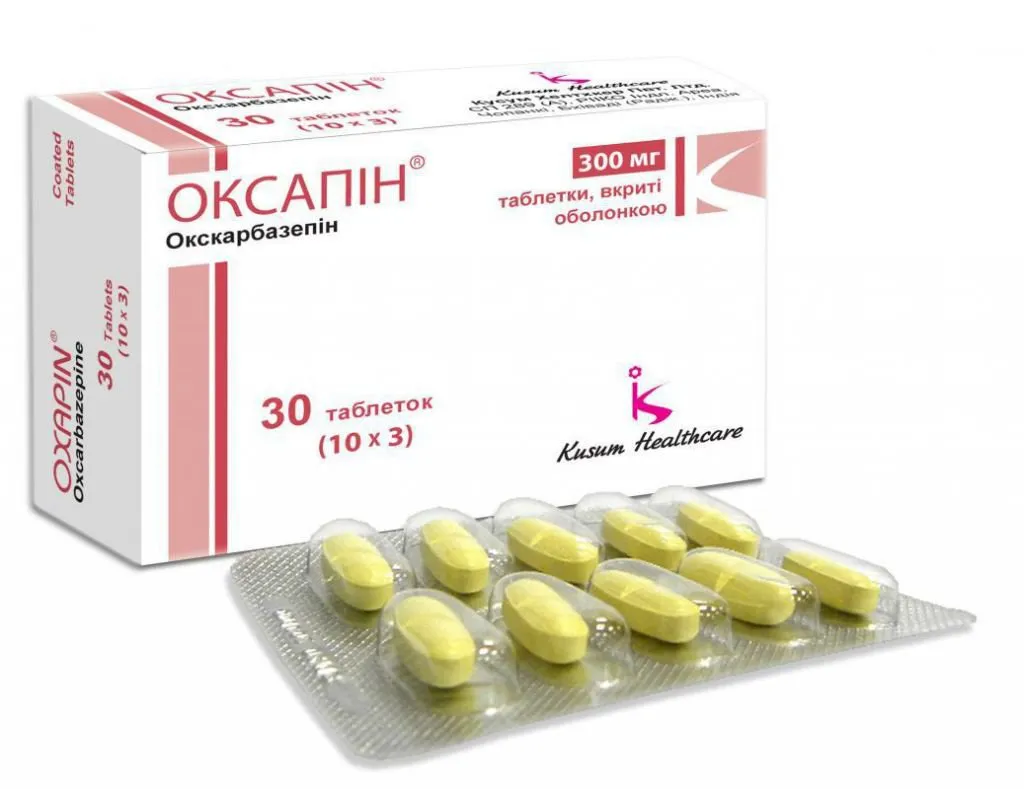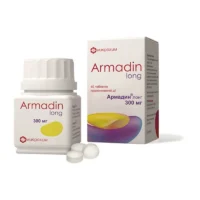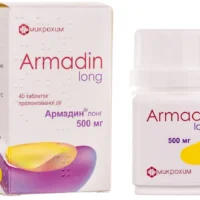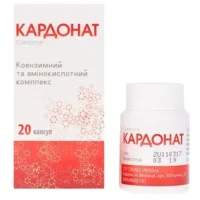Description
Oxapin (Oxcarbazepine) Coated Tablets 300 mg. №30
Ingredients
- Each coated tablet contains 300 mg of oxcarbazepine.
Dosage
- The usual starting dose for adults is 600 mg per day, taken in two divided doses. The dose can be increased gradually based on individual response.
Indications
- Oxapin (Oxcarbazepine) is indicated for the treatment of partial seizures in adults and children over 6 years of age.
Contraindications
- Do not use Oxapin if you are allergic to oxcarbazepine or have a history of hypersensitivity to carbamazepine.
Directions
- Take Oxapin exactly as prescribed by your healthcare provider. Swallow the tablets whole with a glass of water, with or without food.
Scientific Evidence
Oxcarbazepine, the active ingredient in Oxapin, is an anticonvulsant medication that works by stabilizing electrical activity in the brain. Studies have shown its effectiveness in reducing the frequency of seizures in patients with epilepsy.
Additional Information
- Oxapin has been well-tolerated in clinical trials, with common side effects including dizziness, drowsiness, and nausea. It is important to follow your healthcare provider’s instructions carefully when taking this medication.
- Research published in the Journal of Epilepsy Research demonstrated the efficacy of oxcarbazepine in controlling seizures and improving the quality of life in patients with epilepsy. The study highlighted the favorable safety profile of oxcarbazepine compared to older antiepileptic drugs.





